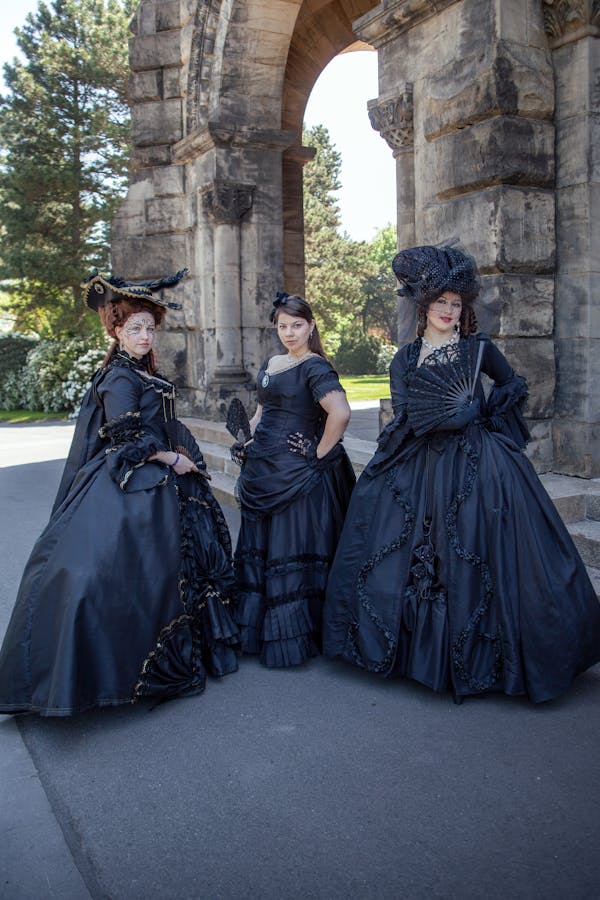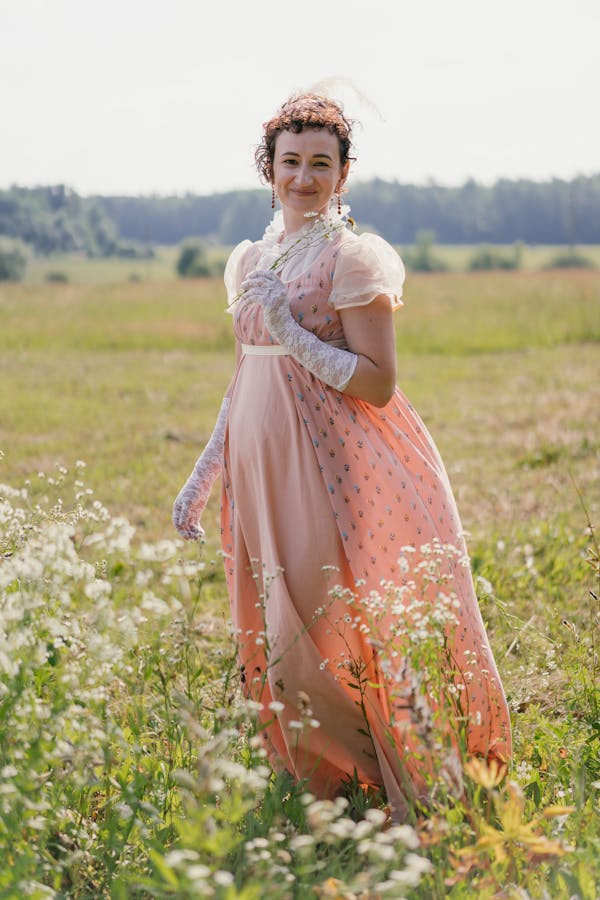New Regency Women’s Fashion A Timeless Elegan in 2024
October 3, 2024
The Regency era, spanning from 1811 to 1820, witnessed a unique transformation in women’s fashion. This period, often associated with elegance and grace, was a turning point for style, moving away from the elaborate costumes of the 18th century towards a more refined, simplistic aesthetic.
The Influence of Classical Antiquity
One of the major inspirations for Regency women’s fashion was classical antiquity. The styles were influenced by Greco-Roman culture, and this was evident in the choice of fabrics, colors, and designs. Women’s clothing featured light, flowing fabrics that resembled ancient Greek tunics. These garments, known as “Empire line” dresses, had high waistlines just below the bust, creating an elongated, elegant silhouette.
Empire Line Dresses: The Quintessential Style
The empire line dress became the hallmark of Regency fashion. These dresses were typically made from soft, lightweight materials such as muslin, silk, and fine cotton. The design was minimalistic, with short sleeves for daywear and longer ones for evening events. White was a popular color, symbolizing purity, though pastel shades like light blue, soft pink, and lavender also graced wardrobes.
Accessories: Adding Flair to Simplicity
Though the clothing itself was simple, Regency women accessorized to add a touch of personality to their outfits. Shawls, gloves, and bonnets were common, providing both function and flair. Bonnets, in particular, were a statement piece. Made from straw or silk, they were often adorned with ribbons and flowers.
Gloves and Shawls: Essential Regency Accessories
Gloves were an essential part of a Regency woman’s ensemble. Made from leather, silk, or cotton, they were worn at all times when outdoors or at formal events. Shawls, often made of cashmere or silk, were draped elegantly over the shoulders to provide warmth and sophistication.
Hairstyles: A Nod to the Past
Hairstyles during the Regency period were heavily influenced by ancient Greece and Rome. Women wore their hair in soft curls, often gathered into intricate updos. Hair was usually adorned with ribbons, combs, and tiaras for special occasions, adding a touch of glamour.
Shorter Styles for Practicality
While long hair remained popular, shorter hairstyles began gaining traction, particularly among younger women. This shift toward practicality was a reflection of the broader societal changes during the era.
Footwear: The Delicate Touch
Footwear during the Regency period was just as delicate and refined as the clothing. Flat slippers made from satin or leather were the norm. These shoes, often embellished with embroidery or small bows, perfectly complemented the lightness of the dresses.
Conclusion: The Enduring Appeal of Regency Fashion

Regency women’s fashion remains an enduring symbol of elegance and simplicity. Its influence can still be seen in modern fashion, with the empire line dress continuing to inspire designers today. This era of fashion, with its balance of simplicity and sophistication, holds a timeless appeal that resonates even centuries later.
Hairstyles: A Classical Influence
Hair was styled to reflect the classical influences of the time. Women typically wore their hair in loose curls or soft updos, reminiscent of ancient Greek and Roman statues. Hair was often adorned with ribbons, combs, or tiaras to match the occasion.
Short Hairstyles: A Practical Trend
While long hair was still favored, shorter hairstyles started to become fashionable among younger women. These styles were easier to maintain and reflected the practical shift in women’s roles during the early 19th century.
Footwear: Delicate and Elegant
Regency footwear was just as refined as the clothing. Women typically wore flat slippers made from satin or leather. These shoes, often adorned with bows or embroidery, were delicate and elegant, perfectly complementing the lightweight dresses of the time.
Conclusion: The Enduring Legacy of Regency Fashion

Regency women’s fashion left an indelible mark on the world of style. The empire line dress, with its graceful silhouette, continues to influence modern fashion, and the emphasis on simplicity and elegance remains timeless. This era of fashion encapsulated a perfect blend of classical beauty and practical refinement, making it one of the most enduring periods in the history of women’s fashion.

I am Freelancer From In Bangladesh
InFo : Whatsapp : 01616708249
Gmail : freelancerrakib819@gmail.com
